IVEM Investigation of Defect Evolution in FCC Compositionally Complex Alloys under Dual-beam Heavy-ion Irradiation
- Name:
- Calvin Parkin
- Email:
- [email protected]
- Phone:
- (208) 526-6918
| Name: | Institution: | Expertise: | Status: |
|---|---|---|---|
| WEI-YING CHEN | Argonne National Laboratory | Dr. Chen has expertise in microstructural characterization of irradiated structural materials and TEM operation with extensive research experience related to nano-scale microstructure characterization and radiation effects in structural materials and nuclear fuels. | Faculty |
| Calvin Parkin | University of Wisconsin | Mr. Parkin will perform in situ TEM characterization. He is qualified in TEM instrument operation for the purpose of studying irradiation-induced extended defect microstructures materials for nuclear applications and complex alloys and has already published a paper in Acta Materiala on in-situ IVEM single-beam irradiation of CCAs. The PI will analyze and interpret the results to understand the materials response to dual-beam radiation and characterizing the microstructural changes. | Graduate Student |
| Adrien Couet | University of Wisconsin | Corrosion, Synchrotron, Irradiation, Alloys, electrochemistry | Faculty |
- Experiment Title:
- IVEM Investigation of Defect Evolution in FCC Compositionally Complex Alloys under Dual-beam Heavy-ion Irradiation)
- Hypothesis:
- Compared to pure, binary, and ternary reference materials, compositionally complex alloys should exhibit reduced point defect accumulation and defect mobility at relevant irradiation temperatures. Mn-effect on stacking fault energy and vacancy mobility may affect nucleation of interstitial dislocation loops. With He helping to stabilize voids, the two CCAs are expected to exhibit lower swelling than reference materials, with Cr15Fe35Mn15Ni35 swelling the least due to its favorable Mn-content.
- Work Description:
- Samples are prepared by arc melting or vacuum induction melting of ultra-high purity (>99.95%) raw materials followed by homogenization heat treatment for 48 hours at 1200 C. Samples are thinned to ~100nm or less and formed into 3mm disks, to be electropolished in 5% perchloric in methanol solution. Samples will be irradiated with 1 MeV Kr++ ions at 100 counts per second and 12 keV He+ ions to a maximum dpa of 10 dpa and 0.5% He/dpa. The high temperature IVEM sample holder will be used to achieve irradiation temperatures of 773 and 873 K. Samples will be analyzed for dislocation loops and voids at various dpa steps using bright field and weak-beam dark field g200 conditions near the <110> zone axis.
"Microstructural evolution of compositionally complex solid-solution alloys under in-situ dual-beam irradiation" Calvin Parkin, Journal of Nuclear Materials 589 2024 154827 Link
About Us
The Nuclear Science User Facilities (NSUF) is the U.S. Department of Energy Office of Nuclear Energy's only designated nuclear energy user facility. Through peer-reviewed proposal processes, the NSUF provides researchers access to neutron, ion, and gamma irradiations, post-irradiation examination and beamline capabilities at Idaho National Laboratory and a diverse mix of university, national laboratory and industry partner institutions.
Privacy and Accessibility · Vulnerability Disclosure Program

